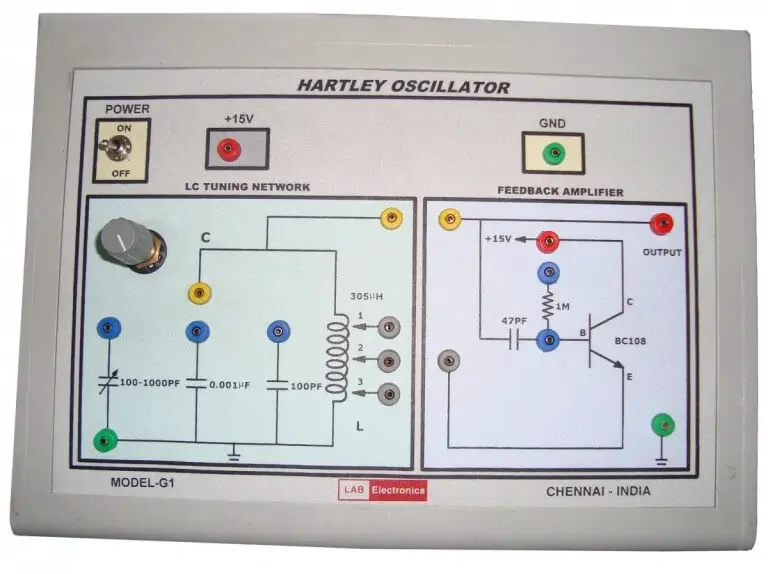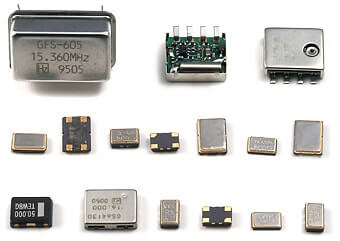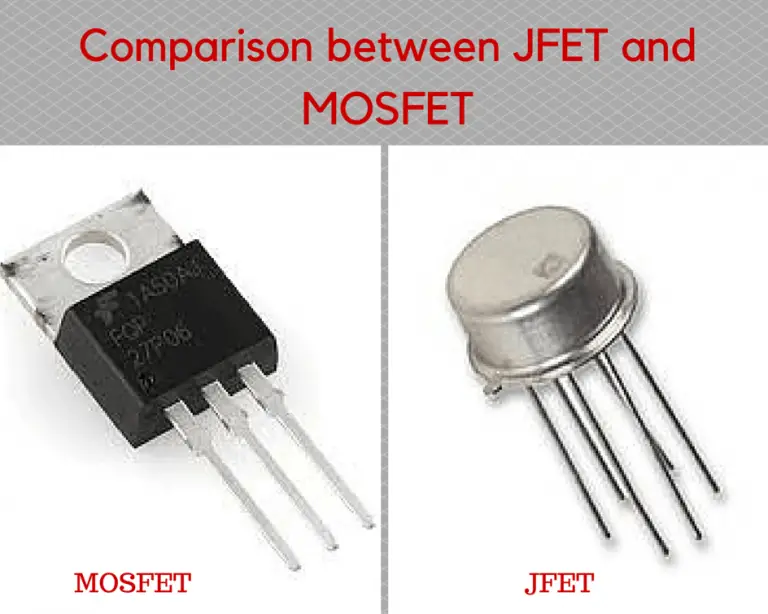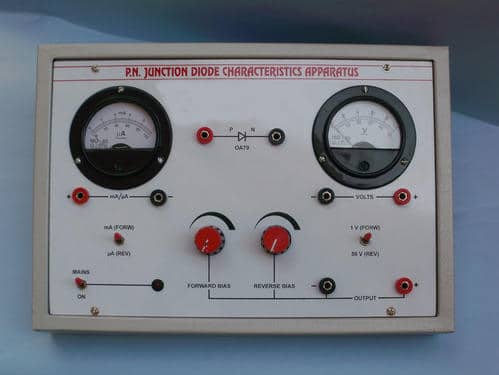Schottky Diode working, construction, characteristics and Applications
Schottky diode is also known as the hot carrier diode is made up of semiconductor-metal junction rather than a p-n semiconductor junction. It is widely used for radio frequency, RF applications as a mixer or detector diode. In our previous articles, we explain about Zener Diode, Light emitting diode, Photodiode etc. In this article, we…

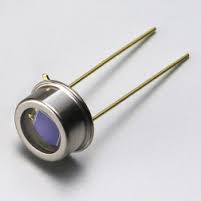
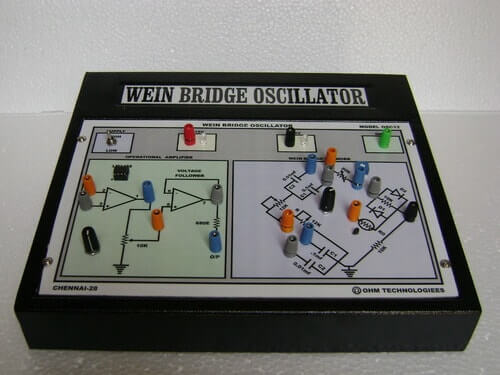
![Crystal Oscillator: Circuit and Design [Description]](https://analyseameter.com/wp-content/uploads/2016/03/crystal-oscillators.jpg)

